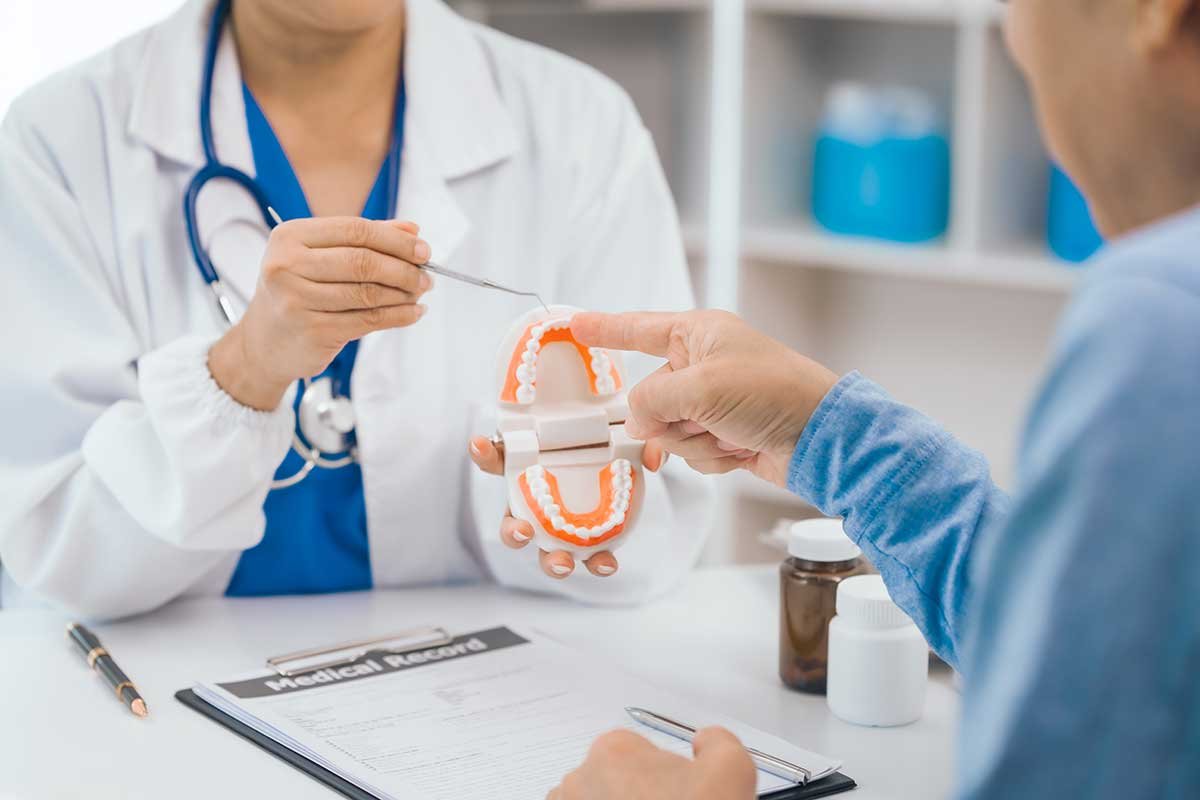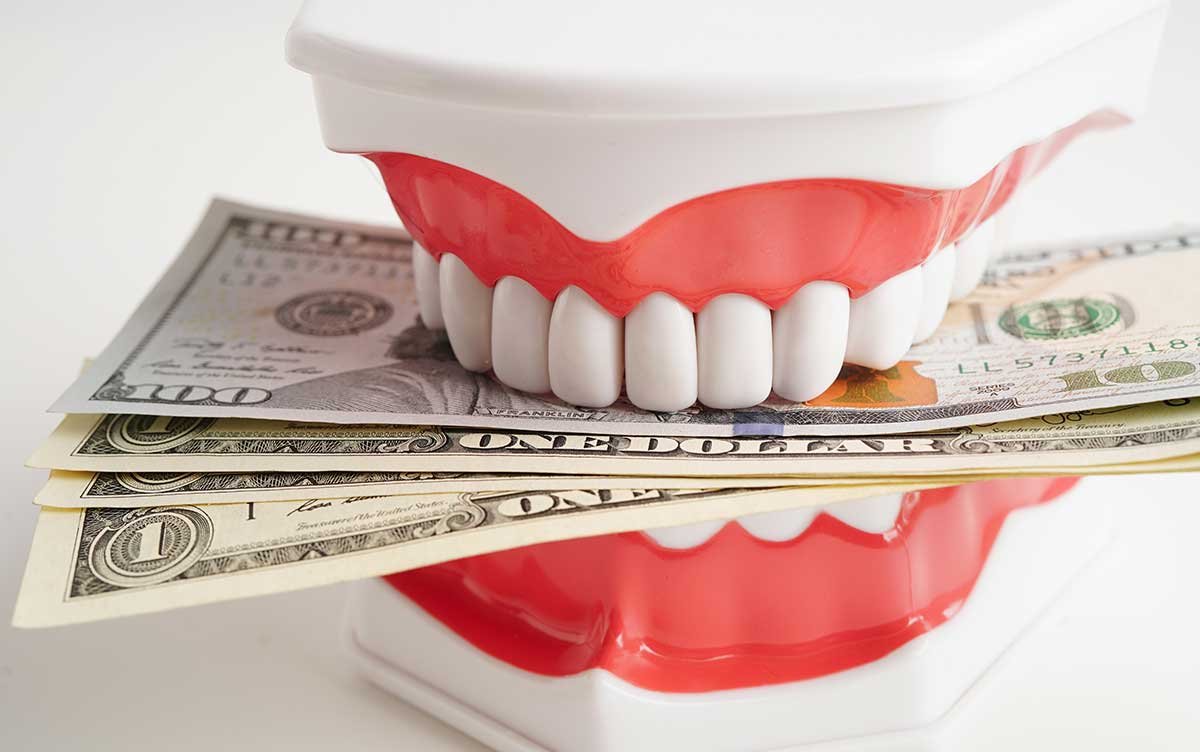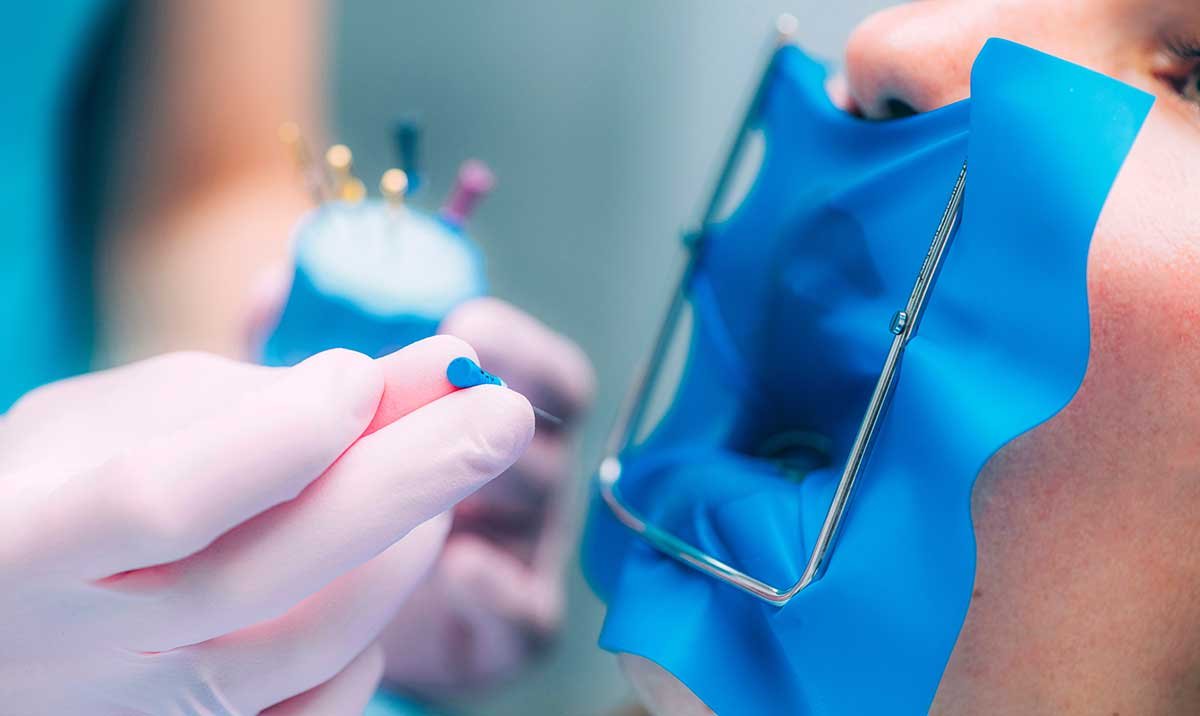Is all on 6 dental implants worth it? This is a question that many patients considering dental implants ask themselves. In this article, we will explore the benefits and drawbacks of the all on 6 dental implant procedure, helping you make an informed decision about this treatment option. Whether you are looking to replace missing teeth or improve your smile, understanding the pros and cons of all on 6 dental implants is crucial. So let’s dive in and discover if this treatment is worth it for you.
Is All-on-6 Dental Implants: A Worthwhile Investment for a Perfect Smile?
All-on-6 Dental Implants: A Worthwhile Investment for a Perfect Smile?
All-on-6 Dental Implants offer a promising solution for individuals looking to regain their perfect smile. This innovative dental implant technique involves the placement of six implants in the jawbone, providing a stable foundation for a full arch of replacement teeth.
This procedure is particularly beneficial for patients who have lost multiple teeth or suffer from severe dental issues. By utilizing six implants instead of traditional methods that require more, All-on-6 offers efficient and cost-effective treatment.
The advantages of All-on-6 Dental Implants are immense. Firstly, this technique reduces the need for bone grafting, making it suitable for individuals with reduced bone density. Additionally, the placement of fewer implants enhances healing time and minimizes discomfort during the recovery process.
One of the key benefits of All-on-6 Dental Implants is their ability to provide immediate results. Patients can leave the dentist’s office with a fully functional set of teeth on the same day as the surgery. This aspect alone makes it an attractive option for individuals seeking a quick and convenient solution for their dental problems.
Moreover, All-on-6 Dental Implants offer exceptional stability and durability. With six implants supporting the prosthetic teeth, patients can enjoy improved biting force and overall functionality compared to traditional dentures.
It is important to note that All-on-6 Dental Implants require a comprehensive evaluation by a dental professional to ensure suitability. The success of this procedure depends on factors such as bone quality, oral health, and individual patient needs.
In conclusion, All-on-6 Dental Implants present a worthwhile investment for individuals seeking a perfect smile. This innovative technique offers numerous advantages, including reduced treatment time, immediate results, enhanced stability, and improved functionality. Patients considering this procedure should consult with a dental professional for a customized evaluation and recommendation.
What are the disadvantages of all on 6 dental implants?
The disadvantages of All-on-6 dental implants include:
1. **Higher cost**: All-on-6 implant-supported dentures tend to be more expensive than traditional dentures or other implant options due to the complexity and number of implants required.
2. **Invasive surgery**: The procedure involves placing six dental implants in the jawbone, which may require bone grafting or sinus lifts in cases of low bone density or inadequate bone volume. This can result in a longer healing period and increased discomfort compared to other dental implant procedures.
3. **Limited bone support**: Since only six implants are used to support a full set of teeth, the load is distributed across a smaller number of anchor points compared to other implant-supported prosthetics such as All-on-4 or individual implants. This could potentially lead to higher stress on the supporting implants and the underlying bone, increasing the risk of implant failure or complications.
4. **Maintenance challenges**: Cleaning and maintaining oral hygiene with All-on-6 implant-supported dentures can be more challenging compared to traditional dentures or individual implants. Proper oral care and regular professional cleanings are crucial to prevent complications such as gum disease or peri-implantitis.
5. **Revision and repair difficulties**: If any of the six implants fail or require repair, the entire prosthesis may need to be removed for access, complicating the treatment process and potentially leading to additional costs.
It is important to consult with a qualified dental professional to determine the most suitable dental implant option based on individual needs and circumstances.
What is the success rate of the All-on-6 dental implant procedure?
The success rate of the All-on-6 dental implant procedure is quite high, with studies indicating a success rate of over 95%. This innovative technique involves placing six dental implants strategically in the jawbone to support a full arch of teeth. Due to the precise placement and stability provided by multiple implants, the All-on-6 procedure offers excellent long-term success and durability. However, it’s important to note that individual patient factors, such as oral hygiene and overall health, can influence the outcome. Therefore, proper maintenance and regular visits to the dentist are crucial for ensuring the longevity and success of the All-on-6 dental implant procedure.
Which dental implant option is superior: 3 on 6 or All-on-4?
Both the 3 on 6 and All-on-4 dental implant options have their own advantages and considerations, so it ultimately depends on the individual’s specific needs and conditions.
The 3 on 6 option involves placing three implant-supported bridges on six dental implants. This option is suitable for individuals who have more severe bone loss or compromised oral health. It provides stability, support, and a natural appearance to the teeth. With more implants, it can distribute the chewing forces evenly, leading to improved bite strength.
On the other hand, the All-on-4 option involves attaching a full set of prosthetic teeth to four strategically placed dental implants. This option is typically recommended for individuals with minimal bone density or limited available bone. It offers a less invasive solution as it often eliminates the need for bone grafting. The All-on-4 technique also provides immediate function and aesthetics, allowing patients to smile, speak, and eat comfortably soon after the procedure.
While both options can provide effective results, it is essential to consult with a qualified dental professional who will evaluate your specific situation and recommend the most suitable treatment plan. Factors such as bone density, oral health, lifestyle, and budget should all be considered when making a decision between the two options.
Which is the superior option: All-on-4 or All-on-6?
All-on-4 and All-on-6 are both excellent options for dental implant patients, but the choice between them depends on various factors that should be evaluated by a dental professional.
All-on-4 refers to a full arch restoration supported by four implants strategically placed in the jawbone. This procedure is suitable for patients with adequate bone density in the jaw and offers a faster treatment timeline and reduced cost compared to traditional implant-supported dentures. However, it may not be suitable for patients with significant bone loss.
All-on-6, on the other hand, involves the use of six implants for supporting a full arch restoration. This option provides increased stability and support, making it ideal for patients with a compromised jawbone or a history of teeth grinding. All-on-6 tends to be more suitable for long-term success in these cases, but it may require more time and involve a higher cost than the All-on-4 procedure.
Ultimately, the decision between All-on-4 and All-on-6 should be made in consultation with a skilled dental professional who can assess your specific needs, bone density, oral health, and long-term goals. They will be able to recommend the best treatment option for achieving optimal function and aesthetics in your unique case.
Frequent Questions
What are the advantages and disadvantages of getting all on 6 dental implants compared to other implant options?
All-on-6 dental implants offer several advantages compared to other implant options.
Advantages of All-on-6 dental implants:
1. Stability: All-on-6 implants provide strong stability due to the use of six implants per arch. This ensures a secure fit and reduces the risk of implant failure.
2. Efficiency: All-on-6 implants can often be placed in a single surgical procedure, reducing the overall treatment time compared to other implant options.
3. Cost: All-on-6 implants are generally more cost-effective than placing individual implants for each missing tooth. This makes them a more affordable option for full mouth restorations.
4. Bone preservation: By utilizing six implants, All-on-6 helps distribute the bite force evenly, minimizing bone loss and preserving the jawbone structure.
However, there are also a few disadvantages to consider when opting for All-on-6 dental implants:
1. Complexity: The surgery required for All-on-6 implants is more complex than that for individual implants. This may increase the risk of complications during and after the procedure.
2. Limited customization: All-on-6 implants require a fixed bridge that is set in place, which limits the ability to customize the shape and color of each tooth. This may not be ideal for patients who desire a more personalized aesthetic result.
3. Maintenance: Since the bridge is fixed, special techniques and tools are needed for cleaning and maintenance. Regular dental visits are crucial to ensure the longevity of the implants.
It is important to consult with a qualified dental professional to determine if All-on-6 dental implants are the best option for your specific needs and oral health condition.
How long do all on 6 dental implants typically last, and what factors can impact their longevity?
All on 6 dental implants typically have a lifespan of about 10-15 years, although with proper care and maintenance, they can last even longer. However, it’s important to note that the longevity of these implants can vary depending on several factors.
One significant factor that can impact the longevity of all on 6 dental implants is oral hygiene. Maintaining good oral hygiene habits, including regular brushing, flossing, and professional cleanings, is essential for the long-term success of dental implants. Poor oral hygiene can lead to gum disease, which can weaken the foundation of the implants and ultimately cause them to fail.
Another important factor is bone density and quality. The success of all on 6 dental implants relies on having sufficient bone volume and density to support the implants. If a patient’s bone is not optimal, additional procedures such as bone grafting may be necessary to improve the chances of implant success.
Additionally, smoking can have a detrimental effect on the lifespan of dental implants. Smoking compromises blood flow to the gums and bone, impeding the healing process and increasing the risk of implant failure.
Other factors that can impact the longevity of all on 6 dental implants include overall health of the patient, bruxism (teeth grinding), poorly fitting restorations, and implant misalignment. Regular check-ups with a qualified dentist or prosthodontist are crucial to identify any potential issues and ensure the implants are functioning well.
In conclusion, while all on 6 dental implants have a typical lifespan of around 10-15 years, maintaining good oral hygiene, having adequate bone density, avoiding smoking, and addressing any potential issues promptly are essential for maximizing their longevity.
Is it possible to have all on 6 dental implants if you have a history of dental issues or previous implant failures?
Yes, it is possible to have All-on-6 dental implants even if you have a history of dental issues or previous implant failures. All-on-6 is a type of full mouth restoration procedure that uses six dental implants to support a fixed set of prosthetic teeth. This treatment is suitable for individuals who have lost most or all of their teeth, including those with dental issues or previous implant failures.
The All-on-6 technique is designed to provide stability and support for the prosthetic teeth by utilizing the available bone density in strategic locations. It involves the placement of six dental implants in the jawbone, with two implants located in the front and four implants in the back. This distribution helps distribute the bite forces evenly and ensures long-term success.
However, it is important to consult with a qualified dental professional specializing in dental implants to assess your specific situation. They will evaluate your oral health, bone quality, and previous dental history to determine if you are a suitable candidate for All-on-6 implants. In some cases, additional procedures such as bone grafting or sinus lift may be required to enhance the success of the implant treatment.
It’s crucial to address any underlying dental issues before undergoing All-on-6 dental implants to increase the chances of long-term success. The dental professional will work closely with you to create an individualized treatment plan and discuss the potential outcomes of the procedure based on your unique circumstances.
In conclusion, all-on-6 dental implants can be a highly beneficial and valuable treatment option for individuals with multiple missing teeth or complete tooth loss. This innovative technique offers numerous advantages, such as improved aesthetics, enhanced functionality, and increased stability compared to traditional dentures. Moreover, the use of six dental implants strategically placed in the jawbone provides ample support for a full arch prosthetic, leading to greater comfort and confidence in one’s smile. Although the cost of all-on-6 implants may initially seem higher than other options, the long-term benefits and improved quality of life make it a worthy investment for many patients. It is important, however, to consult with an experienced dental professional to determine if this treatment is suitable for individual needs and discuss any potential risks or complications. Overall, all-on-6 dental implants offer a remarkable solution for restoring a beautiful and functional smile, making them well worth considering for those seeking a permanent and transformative dental restoration.



